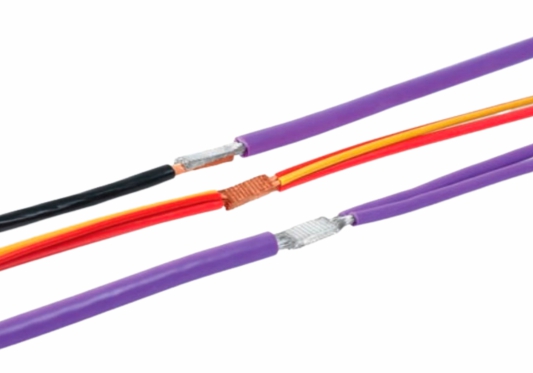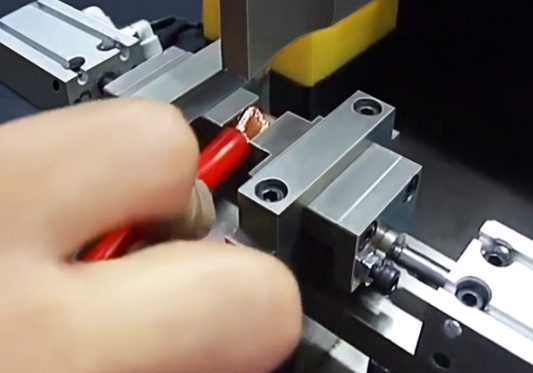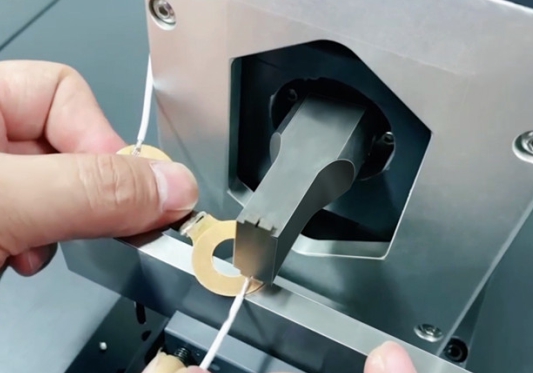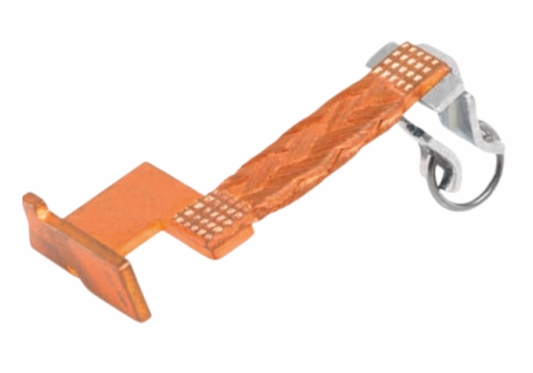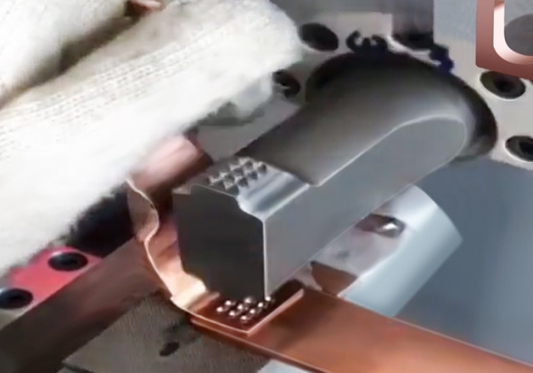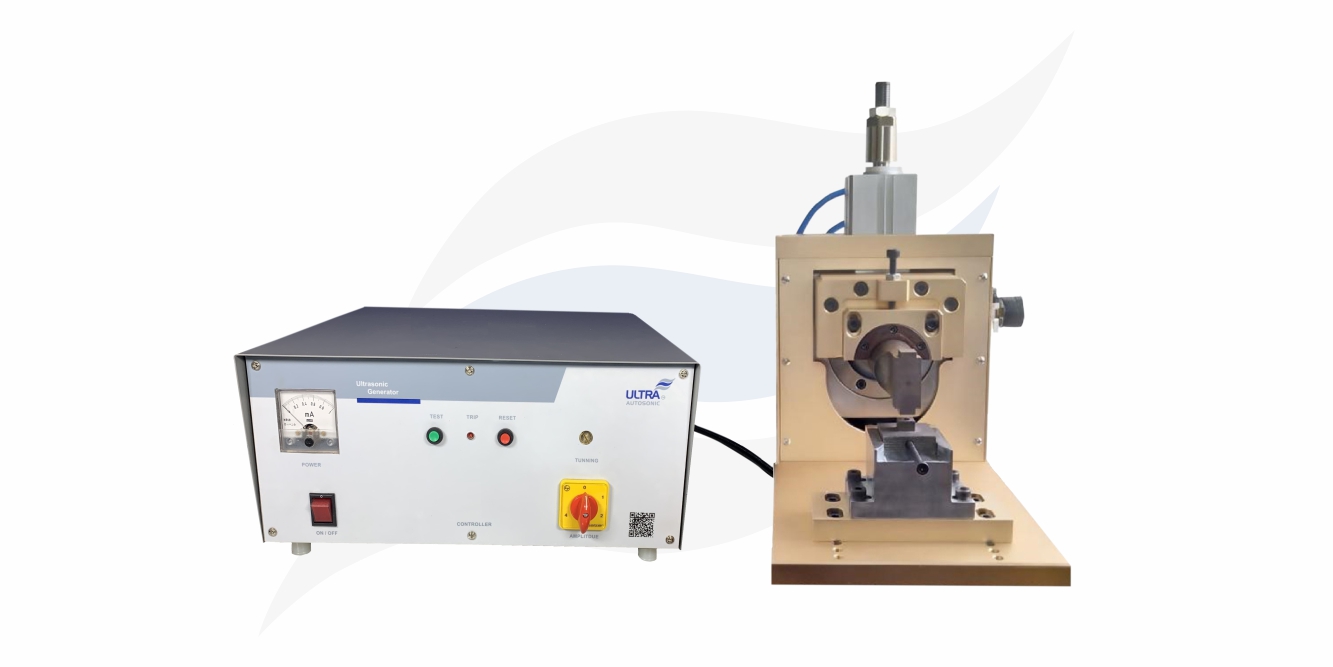
ULTRAAUTOSONIC innovates Ultrasonic Metal Welding is a solid-state welding process that combines metals using high-frequency ultrasonic vibrations. Ultrasonic metal welding works on the principle of frictional heat generation due to high-frequency mechanical vibrations. When ultrasonic vibrations are applied to the interface of two metal surfaces under pressure, the frictional heat melts the material at the interface, creating a strong metallurgical bond.
✔ ULTRA UMWM 15 - 2600
✔ ULTRA UMWM 20 - 2000
✔ ULTRA UMWM 20 - 2500
✔ ULTRA UMWM 20 - 3000
| Frequency (kHz) | 20 | |||
|---|---|---|---|---|
| Power (Watt) | 3000 | |||
| Horn | Design as per the customized application | |||
| Actual Weight | Approx. 96 kg | |||
| Actual Size (L x W x H) | Approx. (605 X 556 X 1316) mm | |||
| Packaging Type and Size | Wooden Box and Approx. Size (752 X 703 X 1463) mm | |||
| Operational Requirement | ||||
| Input Power Supply | AC 230V 50/60Hz, 16Amp | |||
| CVT / Stabilizers | If the voltage is unstable then use CVT/Stabilizer to avoid damage | |||
| Working Pressure | 2 to 10 bars (Air Compressor required 1Hp 50Ltr) | |||
❑ Direct joining of materials with dissimilar properties.
❑ Very short welding times (fractions of seconds).
❑ Low heat generation in the welding joint.
❑ Strength in the joints close to the base materials.
❑ No additional joining material is required.
❑ Low thermal and electrical transfer resistance.
❑ Low thermal and electrical transfer resistance.
❑ Fast and efficient.
❑ Strong welds .
❑ Clean and environmentally friendly.
❑ Surface deformation is less and no waste material is generated.
❑ Very thin materials can be welded and the weld is localized.
❑ No defects due to gases, arc and filter metal.
❑ Welding time is minimal.
❑ Very short process times.
❑ Little or no thermal damage to the component due to cold welding tools.
❑ Low energy requirement for welding and thus high efficiency.
Application List Of Metal Welding
❑ Battery Collage
❑ Battery
❑ Capacitors
❑ Circuit Board
❑ Field Coil
❑ Junction Of Wire Harness
❑ Metal Parts
❑ Metal Welding
❑ Wiring Harness
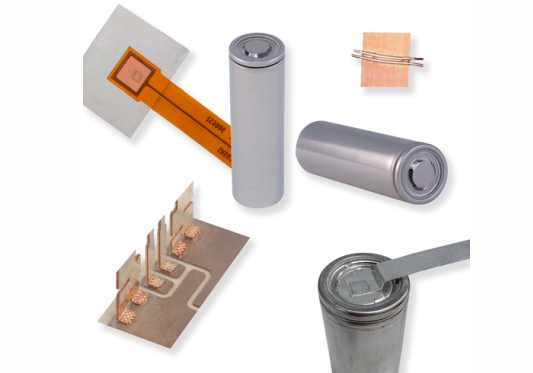
Battery Collage
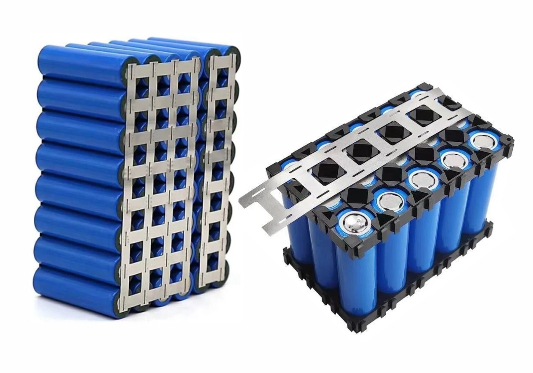
Battery
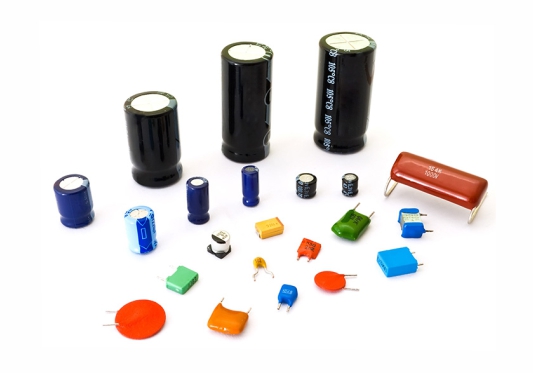
Capacitors
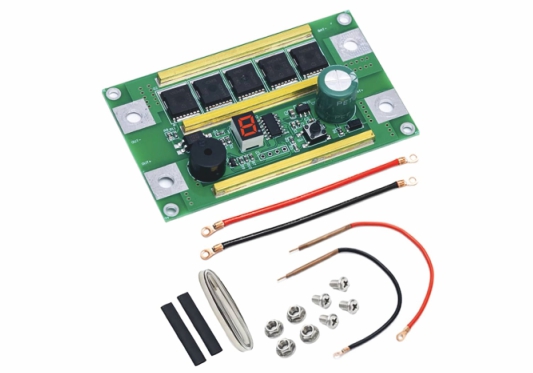
Circuit Board
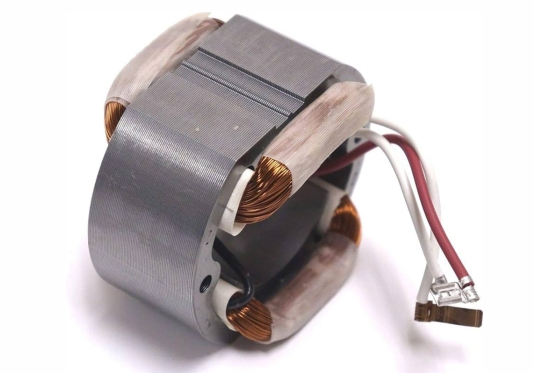
Field Coil
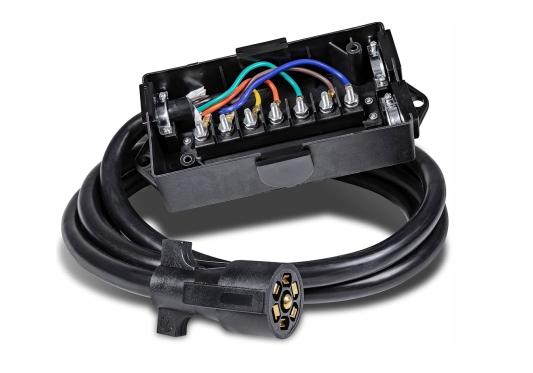
Junction Of Wire Harness
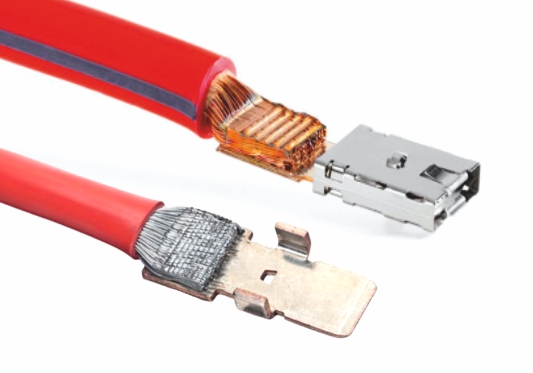
Wiring Harness
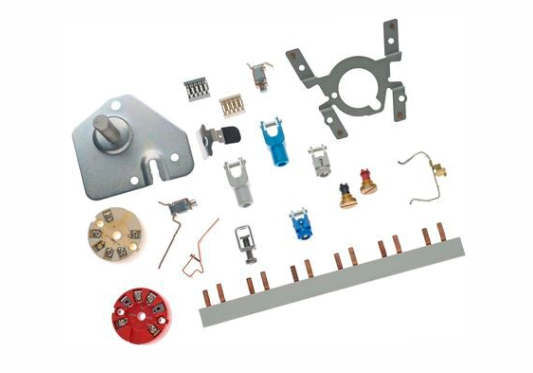
Metal Parts
